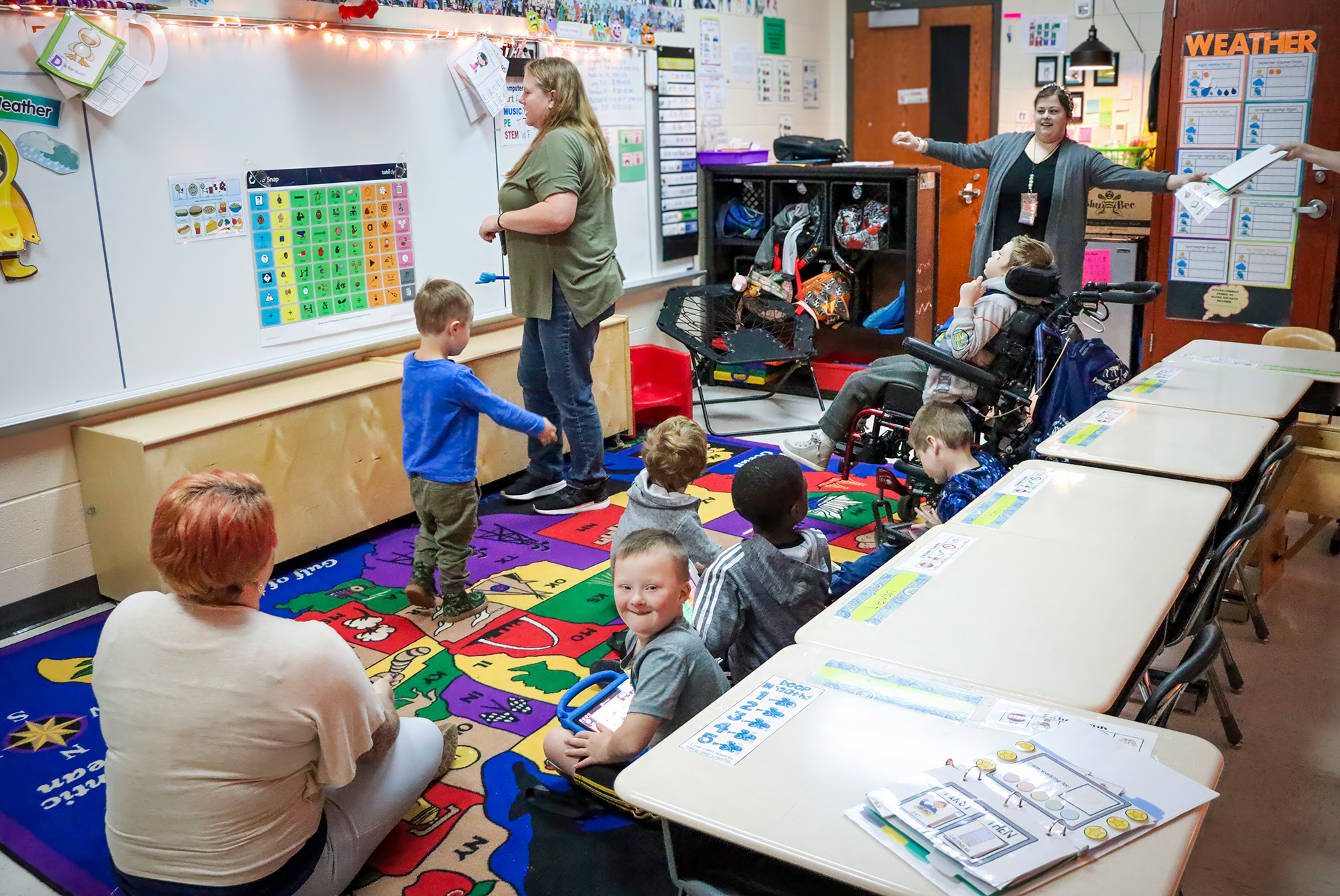You’ve seen it happen. You’ve done it. (We all have.) You’re modeling AAC for a student, feeling proud of yourself for giving space and not demanding a response… and then the silence stretches. A long, awkward silence. Suddenly your inner teacher/therapist alarm goes off: “Something must be said!”
And before you know it, out pops:
👉 “He doesn’t like that device.”
👉 “She doesn’t want to use it today.”
Or the alternative—when the child does communicate—we can’t resist commenting on that:
👉 “Good talking!”
👉 Or the ever-vague, “Good job!”
We’ve all been there. It’s the communication equivalent of nervous laughter—when the conversation feels weirdly quiet, our brains scramble to fill the space with something. Unfortunately, what we fill it with is often commentary about communication, not communication itself.
⸻
The Weird Test
Here’s an easy gut check: would this comment sound weird in a typical conversation?
If you and I were chatting and I said, “Good talking, Janet!” every time you used your words—well, that would fail The Weird Test. Most people don’t go around narrating other people’s talking habits. They just… talk.
So when we start narrating a student’s communication (or lack thereof), it shifts the focus away from the actual message and onto the method. Instead of joining the conversation, we’re standing off to the side, giving play-by-play commentary.
Imagine if your dinner companion said, “Wow, you used your fork so nicely!” You’d probably put the fork down.
⸻
Why We Do It
When we’re teaching new communicators, silence can feel uncomfortable. We’re used to prompting, cueing, or getting a clear response. Modeling AAC without expecting anything back? It feels like talking into the void.
That discomfort tempts us to fill the air with feedback—usually in the form of praise or commentary—because it feels more productive than waiting.
But here’s the truth: modeling AAC isn’t about creating immediate output. It’s about showing, not telling; inviting, not demanding. The real goal is to model authentic communication—commenting, sharing, joking, reacting—not modeling about communication.
⸻
So What Do We Do Instead?
Try this:
• Model naturally. Talk to the student, not about them. Comment on what’s happening, share your thoughts, make it conversational.
• Embrace the silence. Give the student time. The pause is part of the learning process.
• Respond like a partner. When the student communicates—however they do it—respond to the message, not the method.
• “You said you’re done—okay, let’s clean up!”
• “Good job saying done!”
⸻
Bottom Line
When it comes to AAC, the best advice might be the simplest:
Stop talking about talking and just talk.
Because when we focus less on how communication happens and more on why—to connect, to share, to belong—we create space for authentic voices to emerge. Even if it feels a little weirdly quiet at first.
💡 Quick Tip: If it wouldn’t sound natural at lunch with a friend, it probably doesn’t belong in your classroom interactions.

















